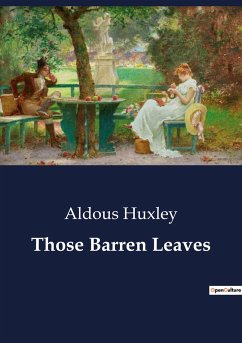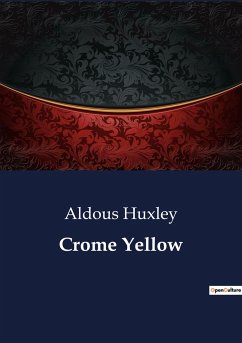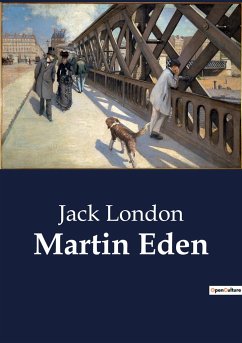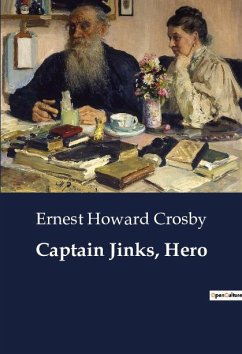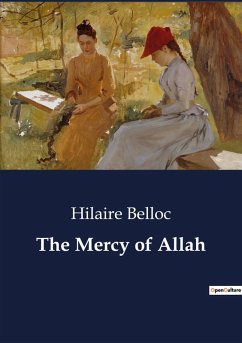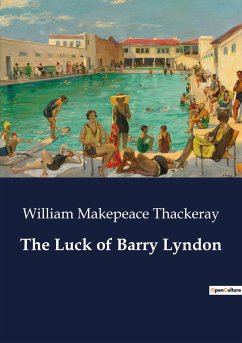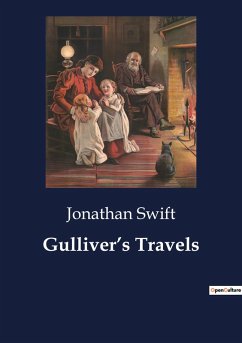
Sartor Resartus
Versandkostenfrei!
Versandfertig in 1-2 Wochen
19,95 €
inkl. MwSt.

PAYBACK Punkte
0 °P sammeln!
Sartor Resartus was a strange and new book when it was first published in 1833, and in many ways it remains a strange and new book today. The bulk of the novel takes the form of the a commentary on the life and works of the fictional Diogenes Teufelsdröckh, a sort of renaissance-man German philosopher who develops a ¿Philosophy of Clothes.¿ The commentary is composed by a fictional English commentator, known only as the ¿Editor¿; the Editor claims to have translated many of Teufelsdröckh¿s ideas and quotes from German. As the commentary progresses, the Editor receives a bag of paper scr...
Sartor Resartus was a strange and new book when it was first published in 1833, and in many ways it remains a strange and new book today. The bulk of the novel takes the form of the a commentary on the life and works of the fictional Diogenes Teufelsdröckh, a sort of renaissance-man German philosopher who develops a ¿Philosophy of Clothes.¿ The commentary is composed by a fictional English commentator, known only as the ¿Editor¿; the Editor claims to have translated many of Teufelsdröckh¿s ideas and quotes from German. As the commentary progresses, the Editor receives a bag of paper scraps on which are written various autobiographical fragments from Teufelsdröckh¿s life. The Editor¿s attempts to organize and interpret these scraps forms the second part of the novel. The work is multi-faceted: sometimes a parody, sometimes a comedy, sometimes a satire, and sometimes seriously philosophical. Some critics consider it an early existentialist text. At the very least its unique structure and use of meta-narrative is hugely influential to modern literature; Borges was said to have memorized entire pages, and modern texts like Nabokov¿s Pale Fire borrow liberally from the concept of a meta-narrative organized on scraps of paper.




